September 30, 2024
What is angle of view? Learn how to choose which lens to use
What is angle of view? Learn how to choose which lens to use
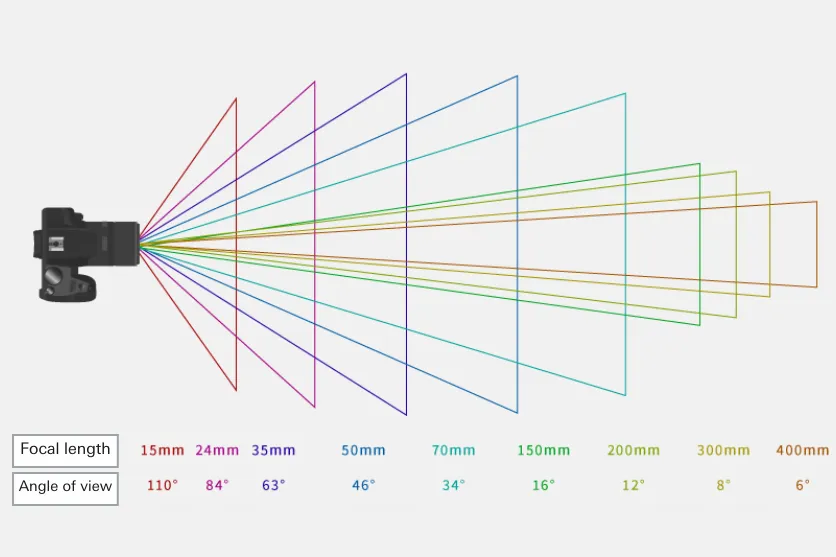

Understanding angle of view is extremely important for taking photos that match your vision with an interchangeable lens camera. But for beginners who are just starting to get serious about photography, angle of view may be a concept that is a little difficult to grasp. That’s why in this article we will go over basic knowledge about angle of view, describe different lens types, and explain some key points to check when selecting a lens.
Angle of view is the breadth of a scene that can be captured in a photo taken with a camera, expressed as an angle. In the specifications for interchangeable lens cameras, the angle of view is often described as the angle formed by the diagonal of the rectangular image captured by the camera. The wider the angle of view, the larger that area captured in the photograph.
In general, lenses are classified according to focal length into the following types.
● Wide-angle lens: approx. 35mm and lower (approx. 63°)
● Standard lens: approx. 50mm (approx. 46°)
● Telephoto lens: approx. 80mm and higher (approx. 30°)
* The figures within parentheses denote the corresponding angles of view.
The shorter the focal length, the wider the angle of view. The same works in the reverse - the longer the focal length, the narrower the angle of view. Changing the angle of view creates significant differences in the impression and composition of photos you take. In this next section we will look at the characteristics of each lens.
Whether you can change the focal length of a camera lens depends on whether you have a prime lens or a zoom lens. For example, if the name of a lens includes a single focal length description like “__mm,” that indicates it is a prime lens. If the name describes a range of focal lengths, like “__ - __mm,” it is a zoom lens.
As the focal length of a prime lens is fixed, when you would otherwise change the angle of view on a zoom, you instead need to change the distance between the camera and the subject by moving yourself. In addition, many prime lenses have large maximum apertures (small f-stop values), meaning the take in a lot of light, and produce strong bokeh.
With a zoom lens, it is possible to change the focal length. As the focal length can be changed, when you want to alter the angle of view you can adjust it as you like and on the spot, without having to move yourself.
A wide-angle lens typically refers to a lens with a focal length of around 35mm or lower (an angle of view of approx. 63° or higher). In addition to the wide angle of view, wide-angle lenses are also known for their large depth of field (the depth of the plane within which objects are within focus).
They also feature an emphasized perspective, an effect where distant subject appears even farther away. For this reason, wide-angle lenses allow you to produce a sense of depth, express dynamism in landscapes, and portray a sense of scale. They are often utilized to capture vast natural landscapes, city views, starry skies and night views.
In particular, you can create dynamic expressions showing the magnificence of nature by using a wide-angle lens when photographing natural landscapes. As you can capture images at a wide angle greater than what is visible to human vision with a wide-angle lens, you can take impactful photos that differ from what appears to the naked eye. When diagonal compositions and similar creative styles are used, it is also easier to take photos that utilize the sense of perspective unique to wide-angle lenses.
A standard lens typically refers to a lens with a focal length of around 50mm (an angle of view of approx. 46°). They feature an angle of view that is close to that of human vision. As a standard lens captures scenes from a natural distance as they would look when seen directly with the eyes, they are well suited for photos portraying an unvarnished atmosphere or to express the real sense of a location.
Standard lenses are used in many situations, including portrait, snapshot, tabletop and landscape photography.

Making use of the natural sense of distance and bokeh effects, you can take portrait photos that showcase the qualities typical of an interchangeable lens camera. Standard lenses are also recommended for snapshot photography of subjects such as casual street scenes, buildings that catch your eye or flowers, allowing you to produce photos that give a sense of being there.
When shooting scenes of everyday life with family, friends, pets and other subjects, a standard lens can also allow you to express a warm mood or feeling of intimacy.
A telephoto lens typically refers to a lens with a focal length of around 80mm or greater (an angle of view of 30° or less. With its narrow angle of view, it can significantly enlarge distant subject and also has a shallower depth of field. Another feature of a telephoto lens is its compression effect, which makes distant objects appear larger and closer together. For these reasons, telephoto lenses are used when you want to capture an enlarged view of a distant subject such as sports action or an animal, and when you want to utilize background bokeh and compression effects for portrait or landscape photography.
Using a telephoto lens, you can shoot sports and wildlife in situations where you cannot get close to the subject, and also enlarge subjects at events such as sports days and recitals. In addition, since the angle of view narrows and the amount of information in the background is reduced, you can focus on the facial expression of a subject, or a specific part. By using strong background bokeh, you can also emphasize the impression of a human subject in a portrait.
The f-stop (aperture value) is a number indicating the amount of light that enters the lens. The number when the aperture of a lens is open to its widest is known as the maximum or wide-open aperture. The larger the aperture and lower this f-stop number, the lighter the lens is able to gather. For example, one of the benefits of a larger aperture is that you will be able to shoot at a higher shutter speed even in a dark location, making it easier to prevent camera shake.
Additionally, as the f-stop increases the amount of bokeh in the background decreases, and conversely a smaller f-stop number allows you to produce stronger bokeh effects.
When you take portability into account, it’s a good idea to choose a lightweight and compact lens. A lightweight type is beneficial because it is easier to carry around during travel or other outings. As a compact lens also improves mobility in shooting, you can more easily handle shooting from various positions and angles.
As mentioned above, as the angle of view of a lens changes depending on its focal length, you should check what range of focal lengths it covers. For an all-in-one zoom lens that covers a wide range of focal lengths, there is no need to carry multiple lenses, and you can photograph a range of subjects and cover various shooting scenarios with a single lens.
MOD is the shortest distance from the camera to the subject you wish to photograph at which the subject can be brought into focus. As you will not be able to achieve focus when you get closer to the subject that the minimum object distance, if you want to photograph subjects close up, you should choose a lens with a short minimum object distance. As lenses with a short minimum object distance also allow you to render images similar to those of a macro lens, it can broaden the range of expressions available to you. The above example was shot at the minimum object distance with a wide-angle lens, showing how it is possible to render a wide scene typical of a wide-angle lens while also achieving wide macro shooting that focuses close in on the subject.
Interchangeable lens cameras are mainly split between mirrorless and DSLRs, and even among them, there are differences depending on the manufacturer, the sensor size (full frame or APS-C) and the specifications of the connection between the lens and camera (mount). As different mounts are not cross-compatible unless mount adapters are used, in general you should choose a lens that is compatible with the sensor size and mount specification of the camera you own.
As we showed in this article, to take photos that match your vision with an interchangeable lens camera, it is crucial that you understand angle of view. Regular lenses are broadly classified into three main types depending on focal length - wide-angle, standard and telephoto. As each type of lens excels in different situations due to the different angle of view, try to choose the right lens for the job based on the subjects you want to photograph and the expressions you want to present.

Lens Featured in this Impression
-
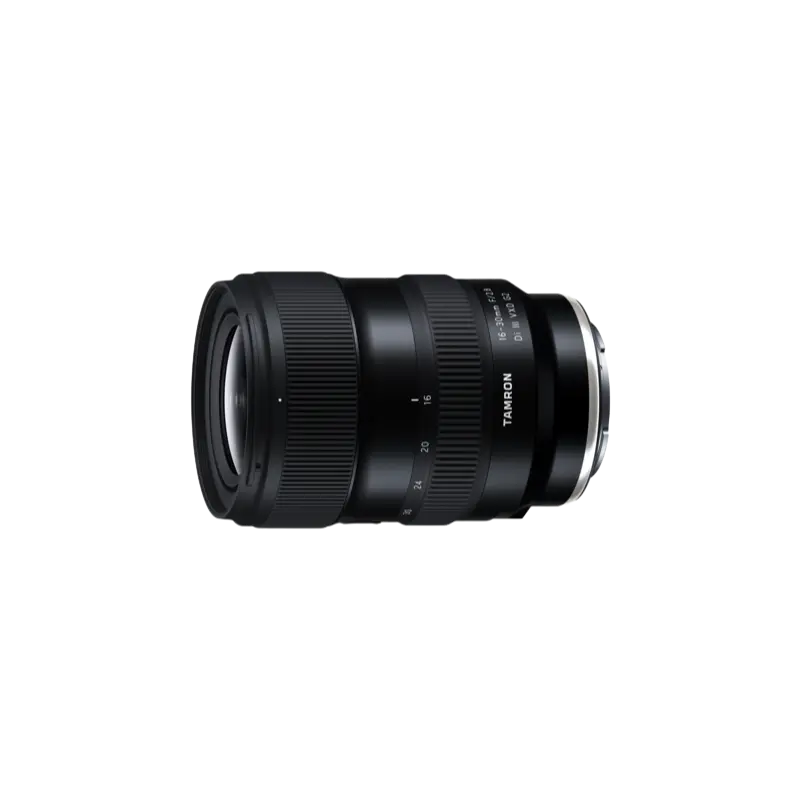
-
16-30mm F/2.8 Di III VXD G2 a064(Model )
Expanding upon the success of the highly acclaimed TAMRON 17-28mm F/2.8 Di III RXD (Model A046), the G2, 2nd-generation emerges as an advanced 16-30mm F/2.8 Di III VXD G2 (Model A064). While broadening the zoom range, it maintains a compact, lightweight design and delivers exceptional image quality. In addition, it features improved autofocus performance and has been updated to the latest lens design, enhancing overall operability. It’s also compatible with TAMRON Lens Utility™, allowing you to customize practical functions for both photography and videography. Retaining the mobility and versatility of its predecessor, the 16-30mm F2.8 G2 unlocks new creative possibilities. Experience the unique creative expressions that only a fast, ultra wide-angle lens can offer.
-
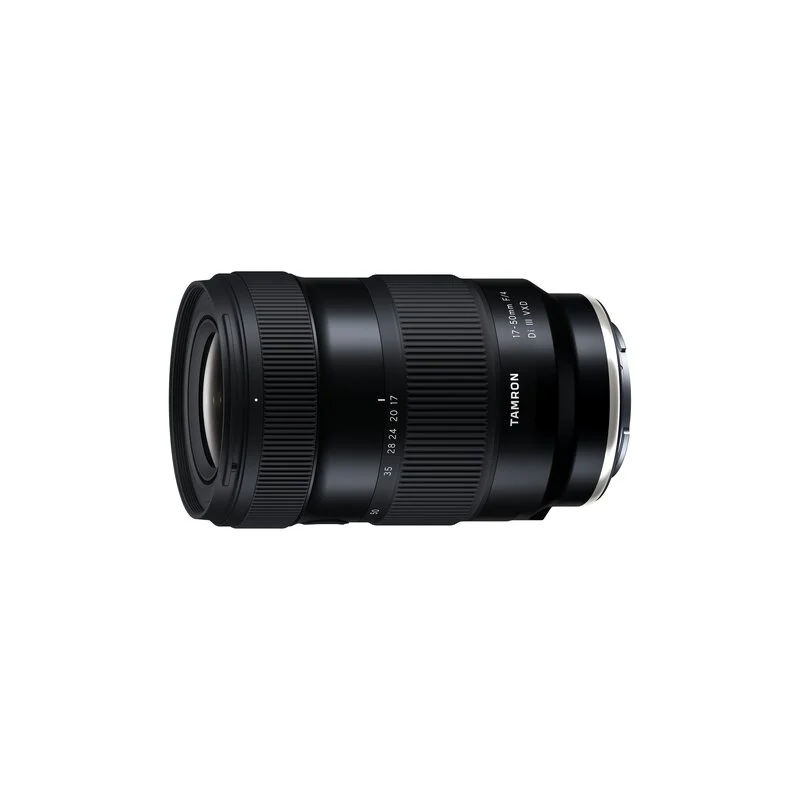
-
17-50mm F/4 Di III VXD a068(Model )
It's the world’s first lens covering from ultra wide-angle 17mm to the standard 50mm focal length. The highly-compact TAMRON 17-50mm F/4 Di III VXD (Model A068) for Sony E-mount full-frame mirrorless cameras offers maximum versatility for still and video creators. From landscapes to living rooms, this lens captures all that you see.
-

-
28-75mm F/2.8 Di III VXD G2 a063(Model )
Product Page | 28-75mm F/2.8 Di III VXD G2 (Model A063) is the second-generation fast-aperture standard zoom lens for Sony and Nikon full-frame mirrorless cameras, offering significantly improved optical and autofocus performance and new function customization.
-
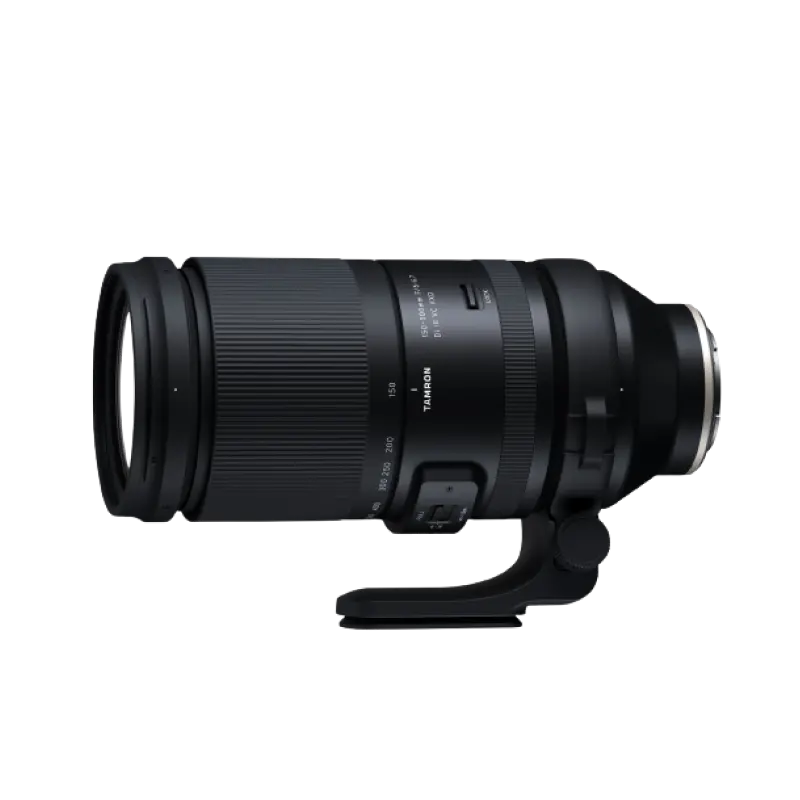
-
150-500mm F/5-6.7 Di III VC VXD a057(Model )
The 150-500mm F/5-6.7 Di III VC VXD (Model A057) is compact enough to be handheld while maintaining a focal length of 500mm on the telephoto end. It allows users to easily enjoy the world of the 500mm ultra-telephoto lens while maintaining its high image quality. The high-speed, high-precision AF with excellent tracking performance and the VC mechanism support handheld shooting in the ultra-telephoto range.
-
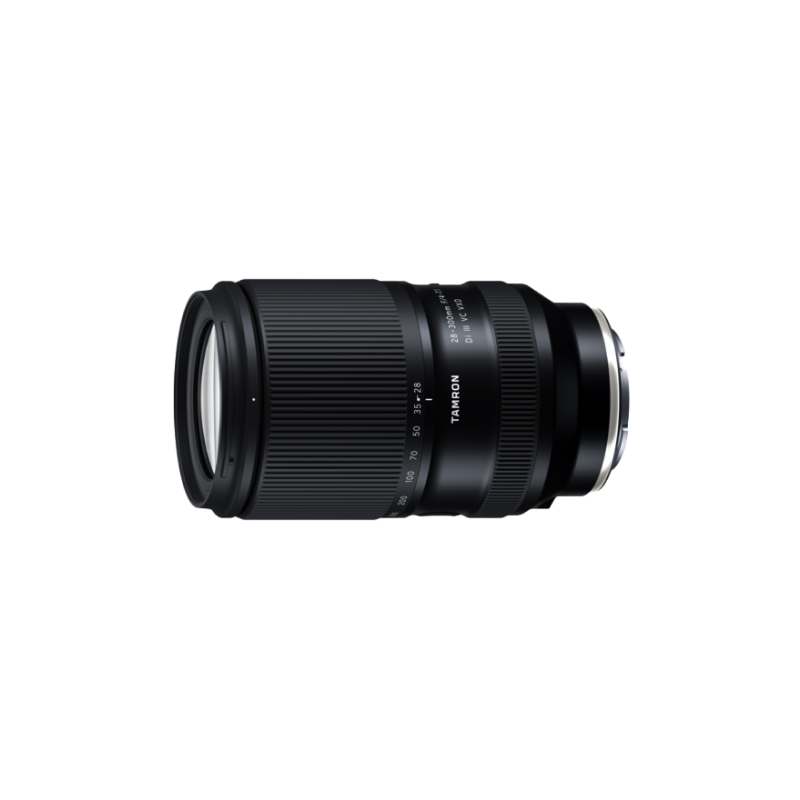
-
28-300mm F/4-7.1 Di III VC VXD a074(Model )
28-300mm F/4-7.1 Di III VC VXD (Model A074) is a compact and versatile all-in-one 10.7x zoom lens for Sony E-mount. The lens boasts class-leading high image quality, and is equipped with high-speed AF VXD and VC. Go from wide-angle to long telephoto in an instant and capture every moment of the world around you.







